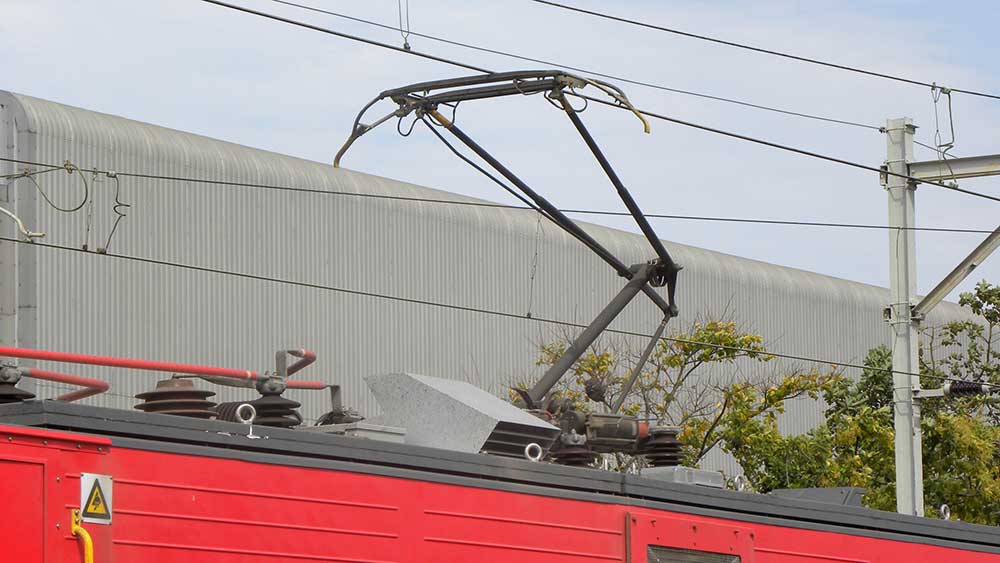SIEMENS Mobility South Africa
Siemens Mobility’s Southern African Made Next Generation Pantographs Are Saving Customers Time and Money
Siemens Mobility (Pty) Ltd, has been manufacturing pantographs in South Africa since the late 1990’s, using locally available materials and skills. But it’s the latest generation fully pneumatic Air Bellow Pantographs that are transforming the performance and total cost of ownership (TCO) across Southern Africa.
Working with customers such as Transnet and the Passenger Rail Agency (PRASA), Siemens Mobility is enabling the transition to Air Bellow Pantographs which are easier to maintain and more efficient than the predecessors.


How do Air Bellow pantographs perform so efficiently?
The smooth interface design collector head on the Air Bellow design collects power and transfers it without the concern of upward force management or the need for continuous calibration, as is the requirement for the Spring Balance unit.
It is designed to operate consistently over a longer period with less maintenance compared to the Spring Balance unit. When maintenance is required, the unit is assembled in a manner that caters for light repairs and the easy replacement of damaged or failed items. This avoids costly overhauls, with a commitment to visual inspections only. Scheduled maintenance involves mainly changing carbon strips when they reach their limits and greasing the parts that need grease.
The base frame has a product life expectancy of 10+ years, while other components have proven their lifespan over 6 to 8 years. “In the design of our pantographs, we have always stressed the importance of keeping the unsprung mass of the collector head low, this keeps the upward force exerted by the pantograph against the contact wire consistent over the operation of the unit. Consistent force and an ability to stay in touch with the wire amounts to reduced electrical wear and over time reduces mechanical wear on the carbon strips. This obviously increases the time the strips are on the locomotive and reduces cost,” says Malcolm Longley.
The right solution for the right part of the network

Malcolm Longley, Technical sales and product consultant, Siemens Mobility, explains that, “Both of our pantographs which are manufactured in accordance with Transnet Freight Rail’s (TFR) specification RSE/TE/SPC/0029 and tested to IEC 61133, EN 50206-1 with collector profile to UIC Code 608. The pantographs are able to operate on 3kV DC, 25 kV AC, dual voltage as well as on dual-mode locomotives (3kV and Diesel). In addition, they can work on the globally unique 50kV AC lines, where reach requirements and voltage fluctuations are common.”
The various designs are supplied with or without the Automatic Drop Device (ADD), which is included to further decrease damage to the OHTE and reduce damage to the pantograph structure when impact is unavoidable. The ADD has a further advantage in that it reduces potential damage to the pantograph in the event of either theft or vandalism.
Whilst the critical function performed by pantographs has not changed in decades, Keshav points out that, “The method of achieving the interface has seen improvements, like the move away from double arms to single arms, from Spring Balance to Air Bellows. The future may well be a device which is not repaired but which is easy and quick to replace and made from. a material which is 100% recyclable. For now, the Air Bellow unit ticks all the boxes for performance, maintainability and reliability in a market where self-diagnostics outweighs traditional fault finding and where time to repair is of the essence in establishing high returns on investment.”
Visit the Siemens Mobility Company page for more information regarding their railway solutions.


